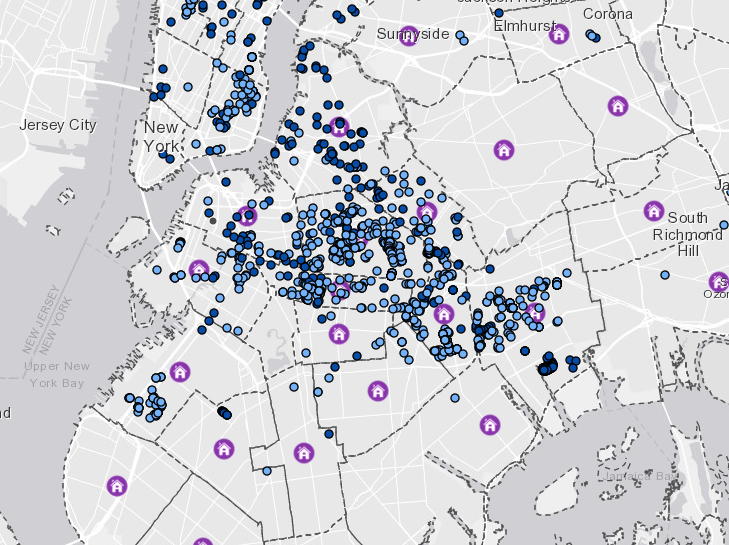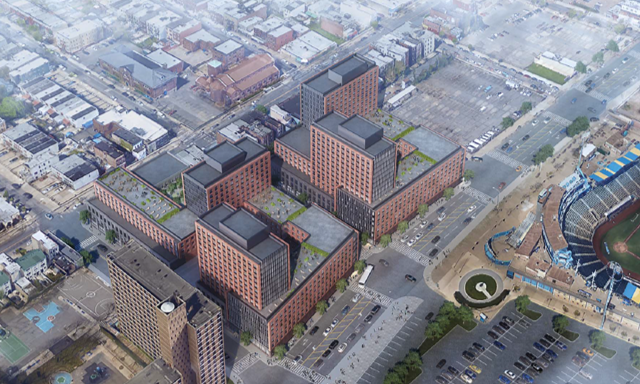Affordable Housing Often Excludes Locals, Data Shows


According to data released by the New York Department of Housing Preservation, while the number of “affordable” units being built in New York is rising, the housing might not necessarily be affordable to average local families.
The Area Median Income—commonly known as AMI—is determined by the Department of Housing and Urban Development (HUD) and applies across the entire city. In 2017, that meant the average income for New York was nearly $86,000 for a three-person family.
Housing is considered affordable if families spend 1/3 or less of their income on rent. But even that isn’t likely for many Brooklyn residents.
Breaking down the data at a local level, Curbed found that in Brooklyn, most of the “affordable” units being built in neighborhoods such as Bed-Stuy, Crown Heights were unavailable to locals, who made significantly less than the AMI for New York. Almost 25% of units for families of three were unavailable to locals citywide.
There’s also a distinct gap between minimum incomes needed for single-person families and larger families. Single person households are priced out of more than 60% of available affordable housing.

Of course, even with regular affordable housing that’s open to applicants at the area median income, there are also units that require up to 130% of the AMI from applicants—even when local neighbors might be making significantly less.
NYC Housing released an interactive map to show where affordable construction is taking place in New York. But comparing that to the Curbed map, it’s easy to see that families aren’t able to afford the development that’s pushing its way into their neighborhoods. De Blasio plans to build or preserve 300,000 homes by 2026, but if they aren’t affordable to New Yorkers, then what’s the point?




